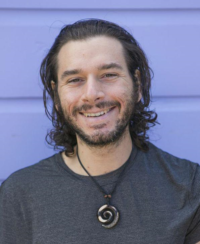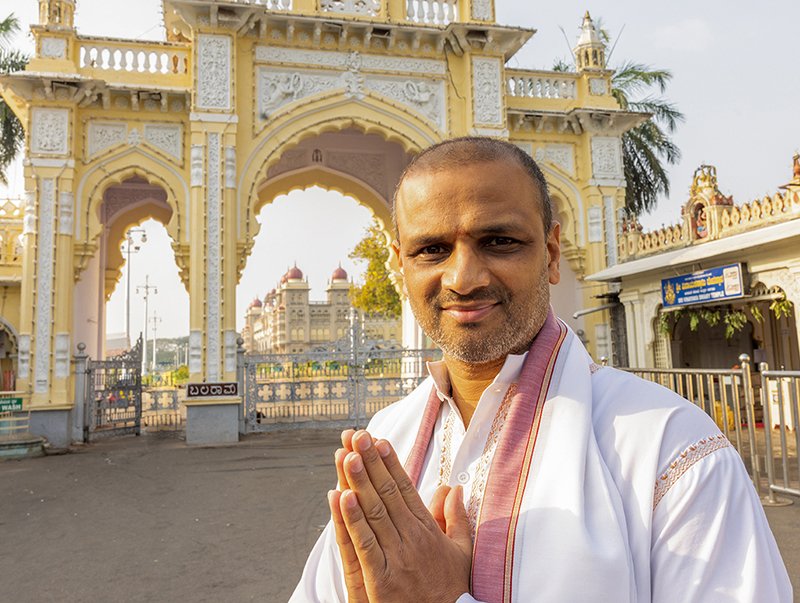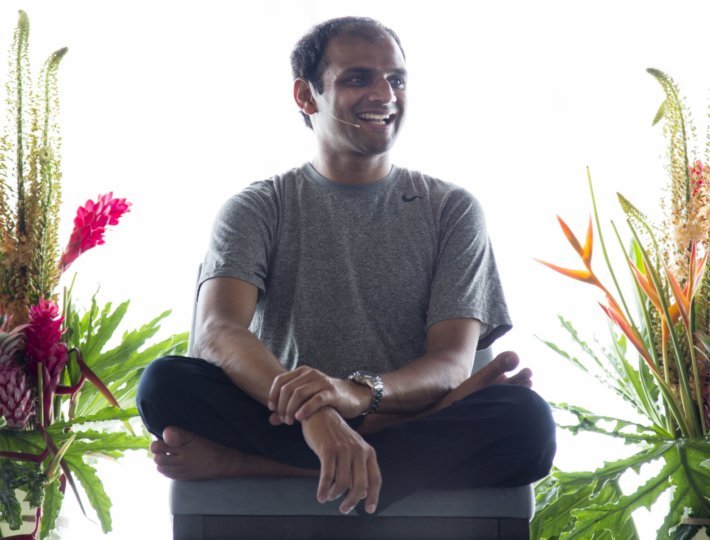Dear John,
I have great anxiety around the passage of time. I suppose you could call it “fear of missing out”. The days, months, and years seem to be passing so quickly, and I feel like I haven’t done all the things I assumed I would do by now. The thought that I’m wasting my life keeps me up at night. Why do I feel like this? How can I break free of these thoughts?
Signed,
FOMO
Dear FOMO,
Thank you for writing with a question that I think many readers will identify with. I think of your question as being an existential signal that something important is happening in your psyche right now that needs attention. Further, rather than trying to “break free” from these challenging thoughts and feelings, I propose that you listen to them and engage with them to determine what they are trying to communicate to you.
The feeling you’re having is an invitation and an opportunity for you to notice—without judgment—if something in your life is off course right now. Or if in some way you have disconnected from the creative and authentic part of yourself that is longing to be expressed. If so, then now is the time to redirect your energy back to what is important to you.
In his book To Bless the Space Between Us: A Book of Blessings, John O’Donohue writes, “Each of us is an artist of our days; the greater our integrity and awareness, the more original and creative our time will become.”
You are an artist, and now is the time to reestablish integrity and awareness so you can fulfill your heart’s desire. The contemplative process below is something that we all should do from time to time to keep ourselves grounded in our values and to direct our lives from these values.
In the following meditation practice, we will begin with a reflection from a “bird’s eye view,” and then you will further workshop what you discover in your meditation to create actionable steps. Of course, only you can decide exactly what steps you would like to take based upon what you discover in this process.
A Meditation for Meaning and Purpose in Life
1. Clear a space for practice. Turn off your devices and put them away. Tell anyone in your living environment that you are entering a sacred space and are not to be distracted or interrupted. If you tell yourself, “I don’t have time for this” or “I can’t do it,” then you are not ready to take this step. That is OK. Other things will need to happen first in your life to be open to this path. This time that you are creating—not finding—for yourself is the most important executive meeting of your life. This is the kind of helpful intensity that is needed to live on an authentic, spiritual path.
2. When you have your space established, take time to get comfortable, whether you choose to sit, stand, or lie down. Settle into a natural breathing pattern. There’s nothing to do and nothing to change; simply let things be.
3. Intentionally feel your body connected to the earth or whatever is supporting you. Place one or both hands on your heart. Connect to your heart and recognize this heart space as a place of inherent and bountiful love and acceptance.
4. When you feel that you have reached a place of stillness and center, pose to your heart (your wisdom body): What is needed most for me right now to (re)connect to meaning and purpose in my life?
5. Now simply observe what comes up from this question with utmost curiosity. Note: Please recognize that in this type of process, everything is relevant, from thoughts that make no sense to spontaneous discomfort in the body, to ancient memories or flashes of images in the mind, to even what is happening around you. For example, you may sit down to do this meditation and the construction crew starts jackhammering away outside your window, and suddenly you’re upset, distracted, and have lost the practice. This is all “grist for the mill.” You must love everything and embrace all the obstacles as essential parts of the practice. Sit with everything that arises and take note of it all; you are data-gathering.
Related: How Making Mental Space Can Unlock Your Purpose
6. When you feel that you have gathered ample data for this session, connect back to your breathing and make a gentle and intentional transition out of the meditation. I prefer to use the energy of an exhale to release the contemplative state.
7. Once you come out of the meditation, write everything down in a journal right away so you don’t lose anything. Do not worry about grammar, punctuation, or completing sentences, just put the data down.
8. Analyze what you wrote, keeping in mind that this analysis is more creative than scientific. Play around with putting things in a different order or ranking them. You may order things from more “broad” or “global” insights that pertain to your life in general to more “specific” data points, such as items that point to one domain in your life, such as family.
9. Translate these items into action items that need to be taken in your life to address the question “What is most needed right now?” If you have trouble figuring out how to arrange your “findings” write out “goals” that address the domains of mind, body, spirit, relationships, and vocation. For example, a goal that addresses the mind might be to take time for a simple breathing meditation for a few minutes each day to enable the opportunity to release mental “clutter.” This goal may address something like a feeling in meditation that your mind is everywhere and can’t stay focused. A body goal may be to exercise for X number of minutes per day to address feelings of physical fatigue in meditation and restlessness at night.
Related: What Does the Universe Want from Me?
10. After you write out all of the above, it is time to summarize what you found in a kind of mission statement for your life. I recommend keeping it simple, actionable, and measurable. If it is too complex, you may never begin. If it is too theoretical, you won’t know what to do to bring it to fruition. If it is not measurable, how will you know you are accomplishing your goals?
11. Please be willing to repeat this practice as many times as needed or vary it according to what works best for you. Please do not be discouraged if you try it a few times and nothing happens. Patience is part of the path. I suspect that as you work, this practice will reignite the purpose-driven life that those challenging thoughts and feelings may have started to diminish. Recognize them as helpers. They are your friends calling out to you to come back to yourself.
As we close out, I pose to you the question that the poet Mary Oliver gave to us all at the end of her poem “The Summer Day”:
… what is it you plan to do
With your one wild and precious life?
I thank you for writing in, and I wish you the best on this journey.
Warmly,
John











Comments (0)